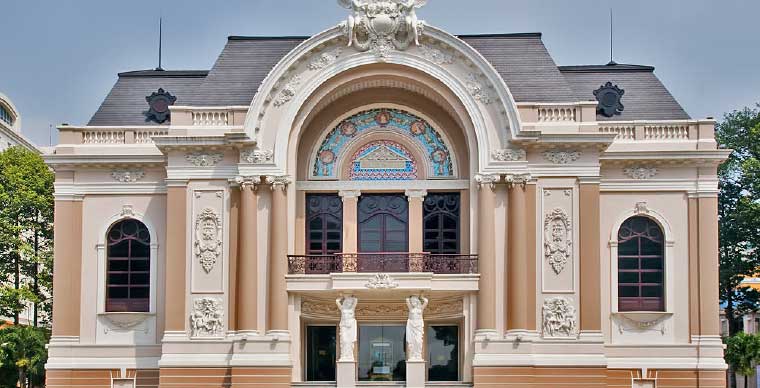
The first 10 French buildings in Saigon - Then and Now after 150 years
- on Jan 9, 2019 By: Ngoc Tu DINH
Saigon at the age of over 300 and Ho Chi Minh City at the age of 43, are among the strong moves to the face of the urban architecture with a continuous development of the city. Talking about the typical architectural works of Saigon, most of them were built by the French since 1859 until they withdraw from Vietnam in 1975. Let's have a look at the first 10 French works in Saigon and their appearance after 150 years. In particular, many works have changed completely while others have remained intact then became the symbol of the city.
1. Saigon Post Office
When conquering Saigon (1859), the French colonialists established a communication system. In 1860, "Department of Steel Wire" Saigon (post office) was established.
In 1886, Saigon post office was rebuilt, replacing "Department of Steel Wire". The work was completed in 1891, with European architectural style combined with Asian decorative features. In front of the post office, it is decorated in rectangular boxes, on which the inventors of the telegraph and electricity industry are registered.
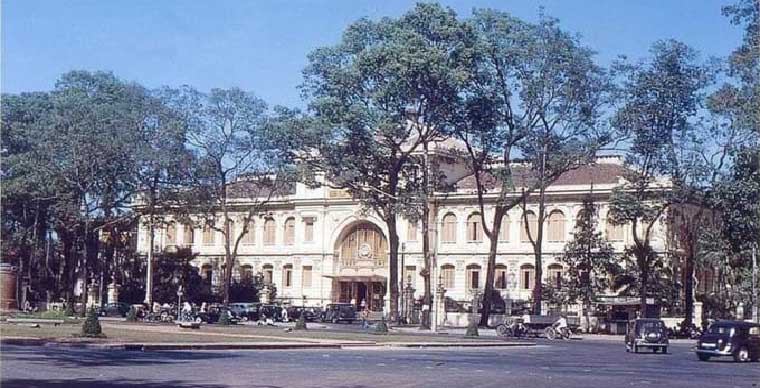
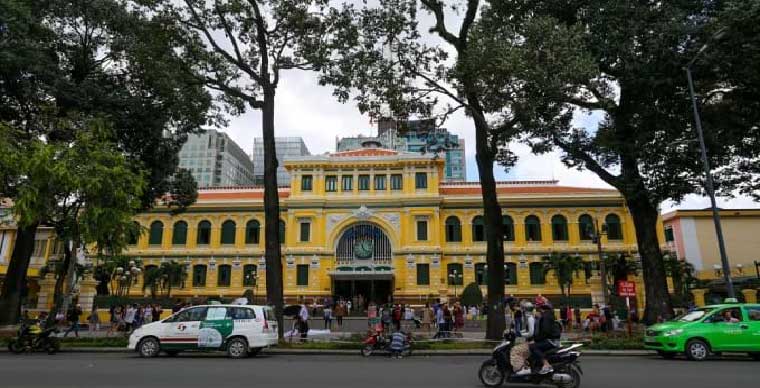
2. Train station
When the French entered Saigon, they quickly built a train system. The first railway in Vietnam is 70 km long connecting Saigonwith My Tho in 1885 after four years of construction. The train station in Saigon at that time was in the position of the September 23th Park today. This station existed until 1978 and was relocated to Hoa Hung (District 3) and converted into a park and bus station as it is now.
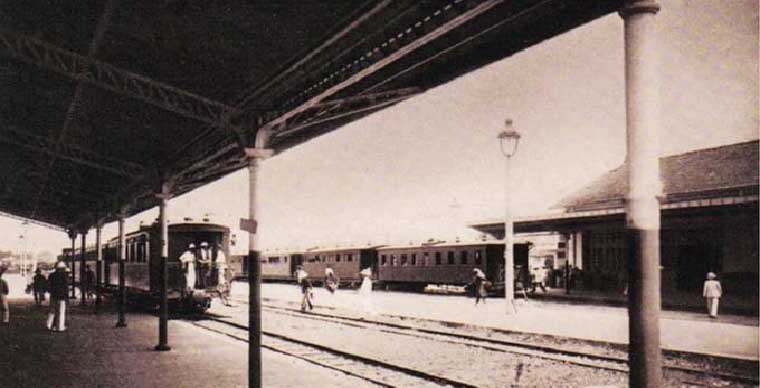
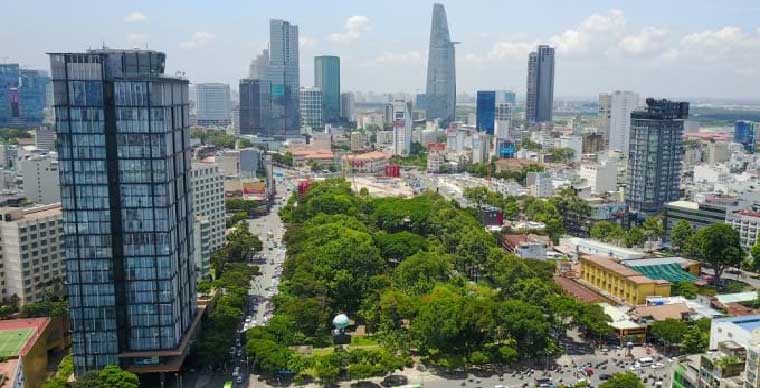
3. Mong Bridge
Mong bridge across Tau Hu - Ben Nghe canal, connecting districts 1 and 4 with Levallois Perret (old Eiffel) constructed from 1893-1894, is the first foundation in Saigon.
The bridge is 128 meter long, 5.2 m wide, built of solid steel. The curved bridge wall has gaps and green paint (initially with black paint) with the shape of a rainbow-like arc so Vietnamese people call it Mong bridge.
During the construction phase of the East - West Boulevard and Saigon River Tunnel, the bridge was completely dismantled. After this project is completed, it is assembled back to the original and reinforced with foundation pillars with art lighting fixtures.

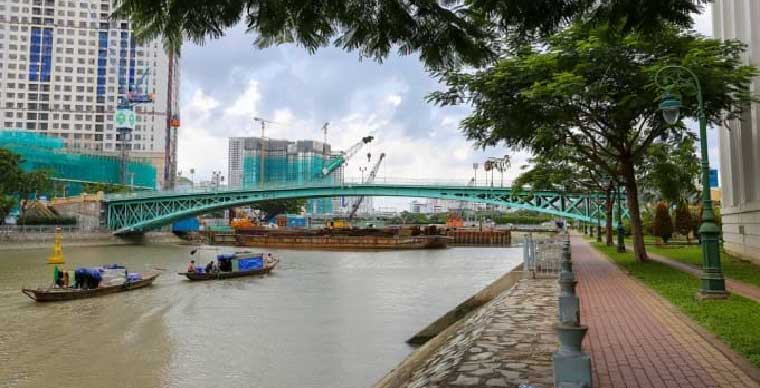
4. Saigon church
When managing Saigon, besides building a postal system, roads and bridges, the French people did not forget to set up churches, as the places to celebrate Mass for Catholics. On the land which was the small temple of Vietnamese people, in 1863, Father Lefebvre did the groundbreaking to build the first wooden church, completed in 1865, called the Saigon church.The location of the church is right next to the Great Canal, then the French changed the name to the Charner. In 1887, the canal was filled, becomingCharner Avenue, or Nguyen Hue Street today.
Before that, because the church was made of trash wood so soon it was damaged, the Governor of the South decided to organize a model design competition for a new Saigon church. Finally the drawing of architect J.Bourad was chosen, and it is also the shape of the Notre Dame Cathedral today.
In 1885, the Court of Reconciliation was used as a place to adjudicate judgments built by the French on a wooden church. This work existed until 1995 when it was demolished to build the current building.
>>>Notre Dame Cathedral: The 138-year-old Architecture Masterpiece in the heart of Saigon
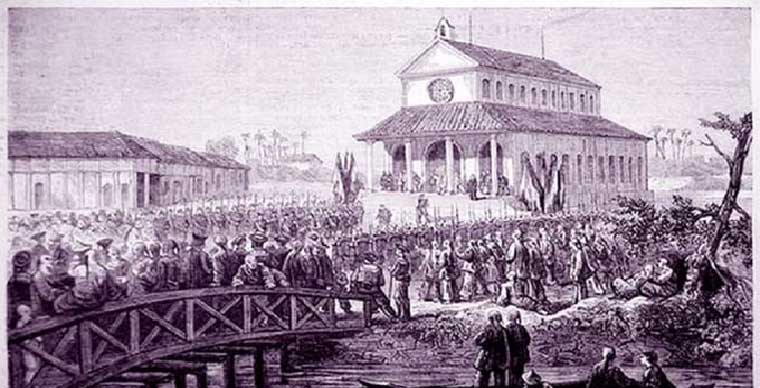
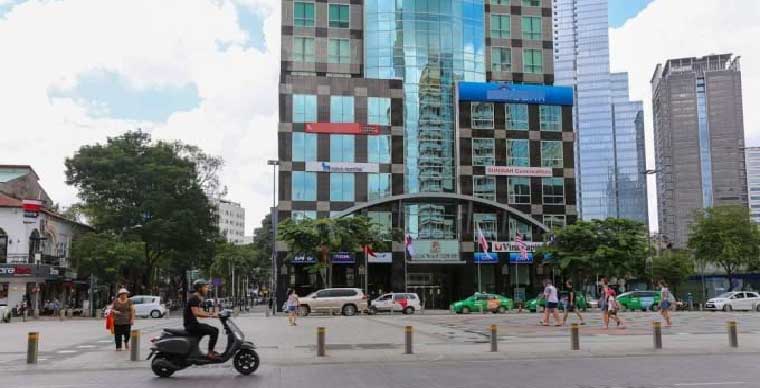
5. The Turtle Lake
In 1878, a water tower was built at the location of the Turtle Lake today to serve the needs of drinking water for residents of the region. By 1921, the water tower was demolished and replaced with a monument.
The monument that existed until 1956 was destroyed by the Republic of Vietnam Government leaving only a small lake. In 1967, the Turtle Lake with its present form was built and became a roundabout and officially named as the International Site.
Because there is a turtle with a stone stele, the people used to call it the name Turtle Lake. In early 1976, the stele and the turtle were destroyed in an explosion but people still used to call it by the old name instead of the official name.
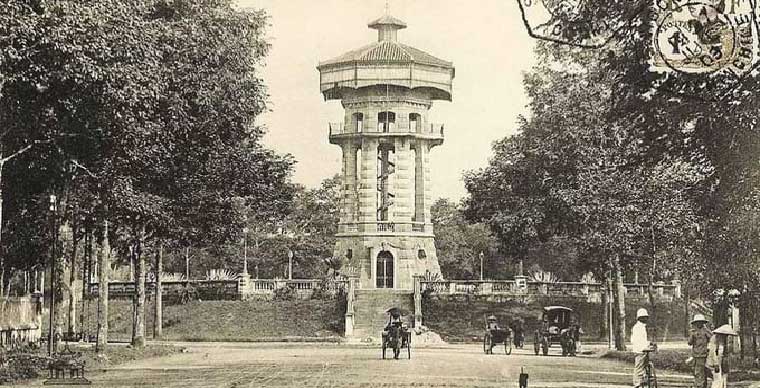
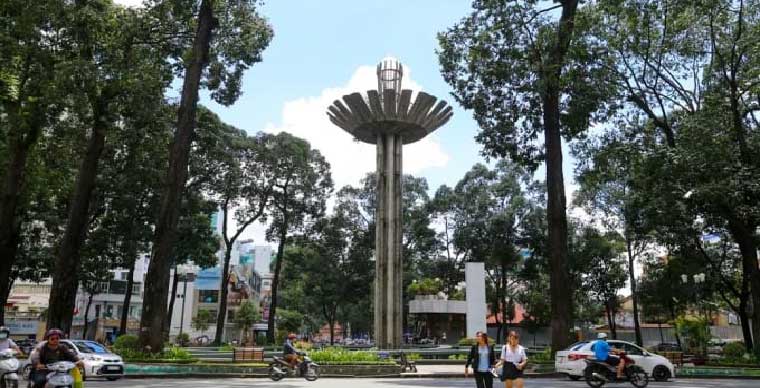
6. The first roundabout in Saigon
The first roundabout in Saigon is located at the corner of Bonard - Charner Street (Le Loi - Nguyen Hue), having the most favorable and bustling location of all time in Saigon. The roundabouts appeared after the Great Canal was obstructed to become the Charner Avenue. People used to call roundabouts with the name Bon Ken.
Over time, the Le Loi - Nguyen Hue intersection is called by the people of Saigon as the Willow Tree Roundabout because the place is always covered by willow trees. In the middle of the roundabout is a fountain. Right at the corner of this roundabout is the Nguyen Hue Flower Street. There is also the Tax Trade Center, the busiest trading place in the city. The position of the roundabout has now become Nguyen Hue walking street since 2015, while the Tax Department has also been removed to build a new commercial center.
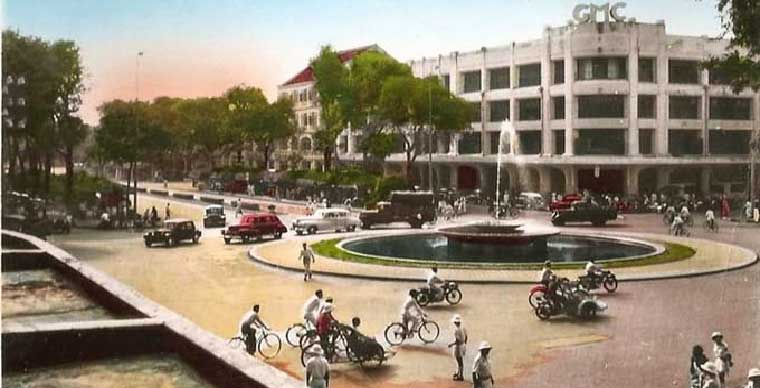
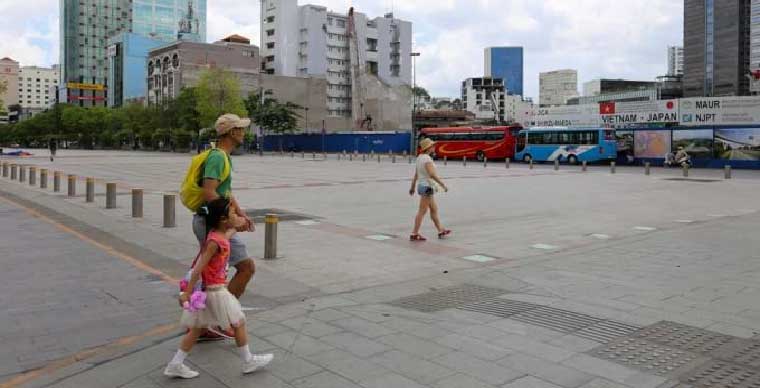
7. Catinat Boot
The building is located at the beginning of Dong Khoi Street, formerly known with the name Catinat, next to the Notre Dame Cathedral, the first prison built by the French in Saigon. The detention centre was built in 1881, in a position close to the court to conduct the prisoners under escort to the court. People often call it Catinat prison.
When the Maison Centrale de Saigon was completed (now the General Library of Ho Chi Minh City), this Catinat boot was used as the headquarters of the Secretariat of Cochinchina for the Tax Department and the Treasury. From 1955 - 1975 it was the headquarters of the Ministry of Home Affairs of the Republic of Vietnam. Currently this building is Ho Chi Minh City Department of Culture and Sports.
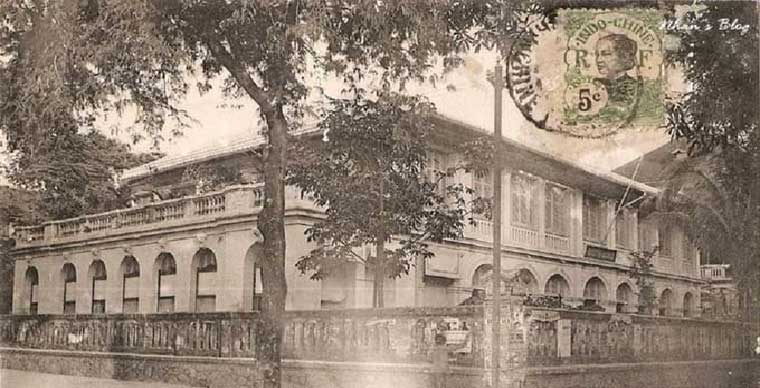
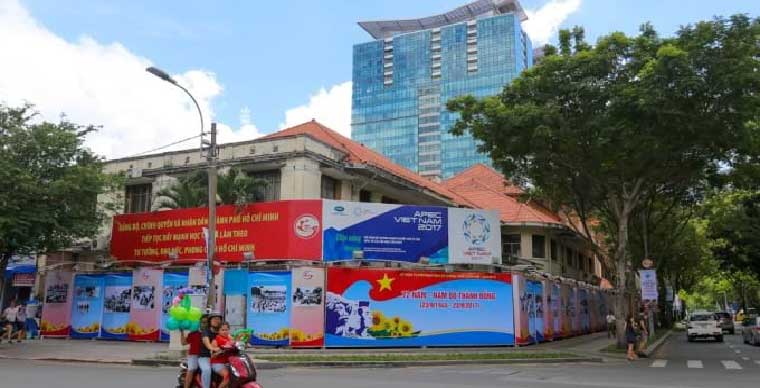
8. Municipal Theatre
Also known as Saigon Municipal Opera House, the theater was started in 1898 and completed after two years to perform opera only for French Vietnamese people. In 1956, it was used as the headquarters of the House of Representatives of the Republic of Vietnam government. By May 1975, it became the city theater.
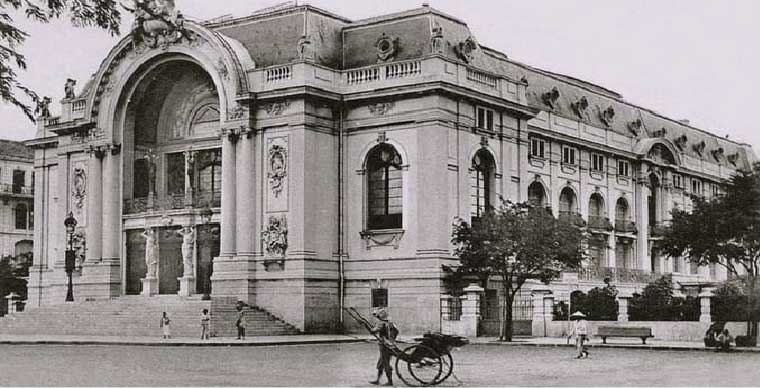
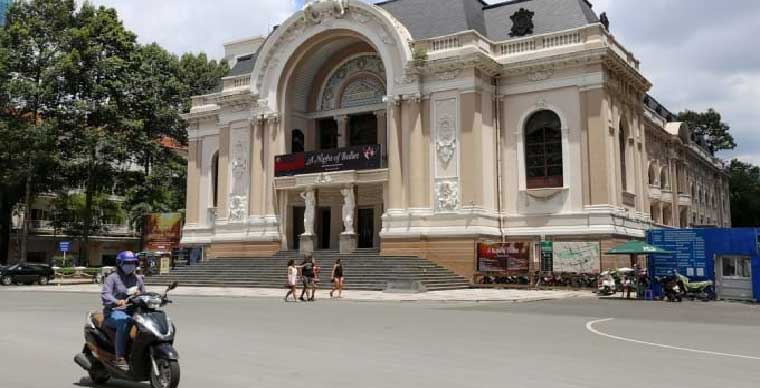
9. Continental - the first hotel in Saigon
Continental - the first hotel in Saigon was built in 1878 by Pierre Cazeau - a manufacturer of construction materials and appliances and completed after 2 years. The architecture, the interior as well as the layout are based on the standards of a luxury hotel in Paris.
The hotel is home to French officials and senior officers who came to the colonial country on duty. Since 1955, many writers, journalists, and guests have stayed at hotels. After 1975, the hotel changed its name to Hai Au until 1990 then returned to its original name.
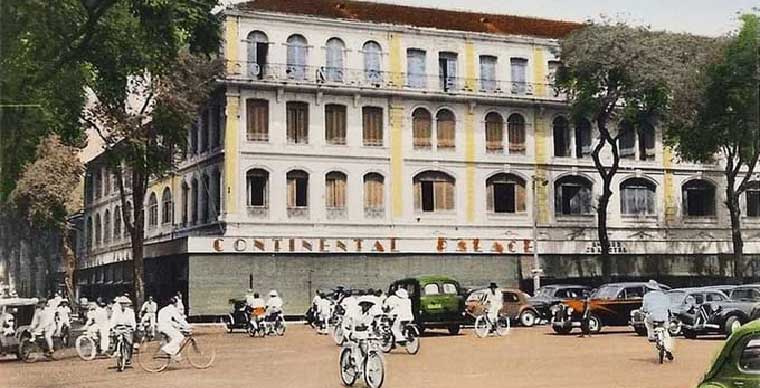
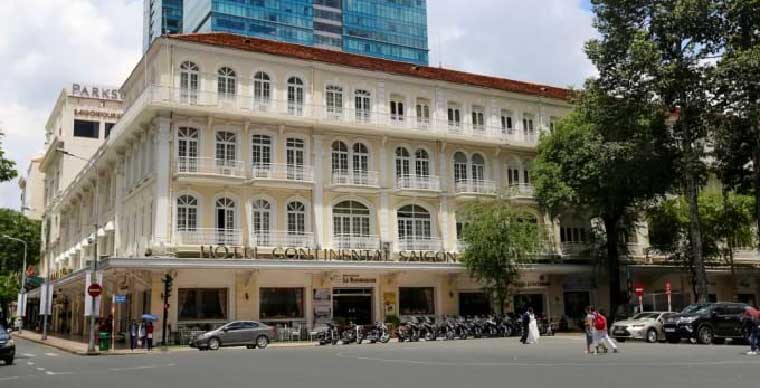
10. Cho Quan Hospital
In 1862, Saigon's first hospital was built, named Cho Quan. The hospital is located in the land of 5 hectares, opposite the Tau Hu canal, the precursor was the old hospital of the French colonial hospital during the time they were beating Chi Hoa station. From 1954 to 1957, two of the three hospital facilities were used to treat tuberculosis for soldiers under the name Institute of Tuberculosis Treatment Ngo Quyen . At the end of 1957, the hospital was returned to Vietnamese people, given back the original name of Cho Quan Hospital.
In 1972, the 6-storey main building of the hospital was built as it is now. Built with the help of Korea the hospital was completed after 2 years with the name Korean-Vietnamese Medical Center. After 1975 the hospital was called by its original name. By 1989, HCM City People's Committee changed to Tropical Diseases Hospital.
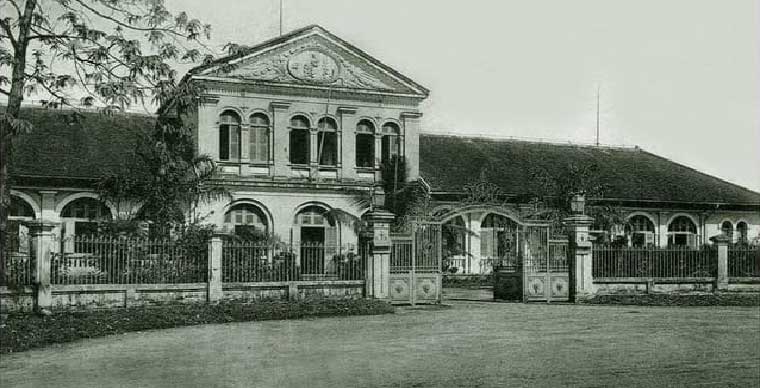
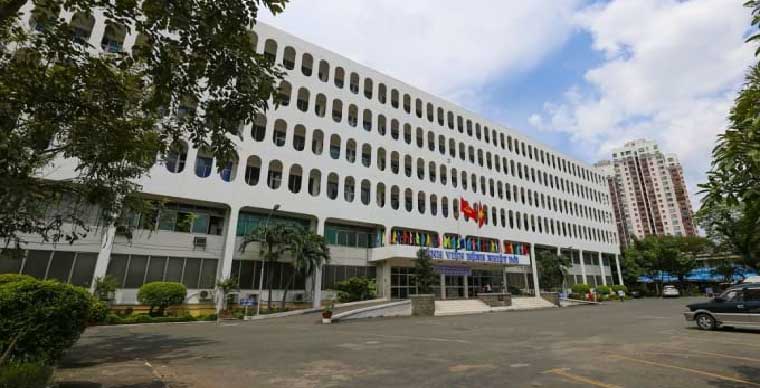
 Español
Español Français
Français






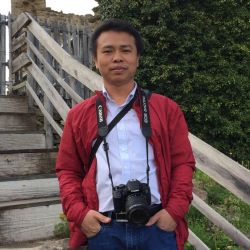

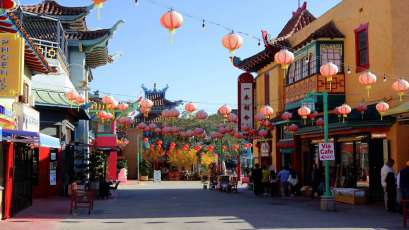
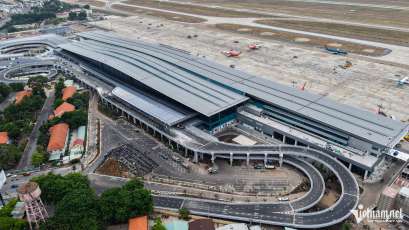
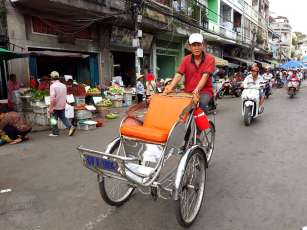
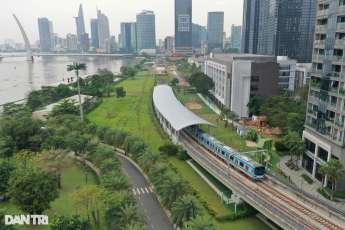

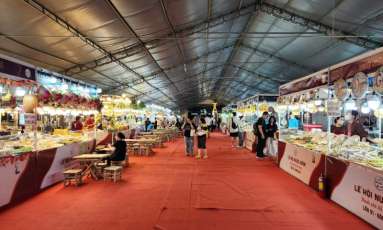







Morgane Ter Cock
on Dec 18, 2025HerbertPhomaMS
on Oct 19, 2025Lilyan Cuttler
on Oct 15, 2025Avenue17XC
on Sep 14, 2025Avenue18JL
on Jul 21, 2025